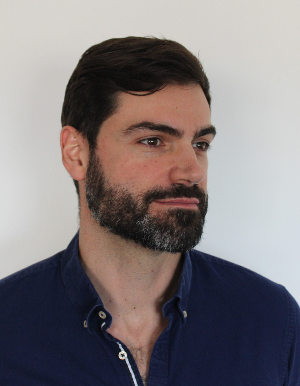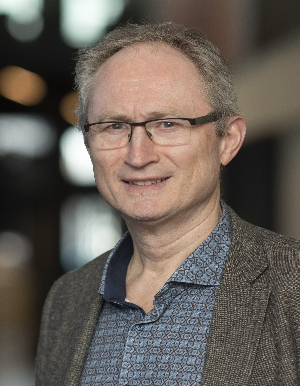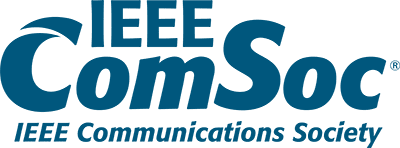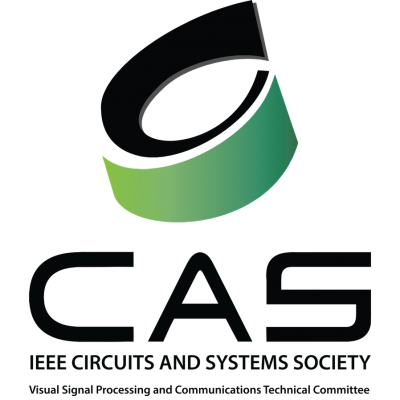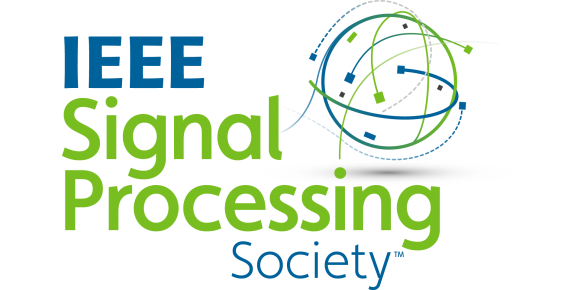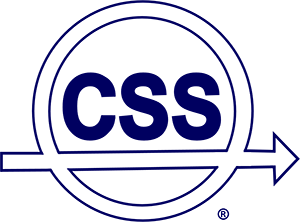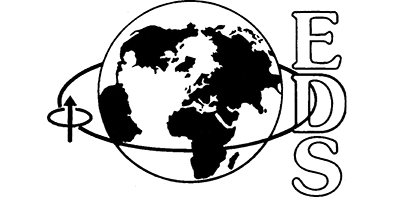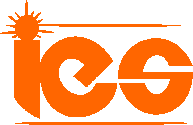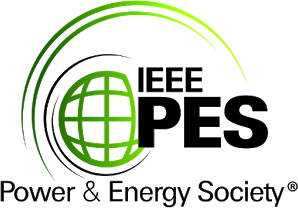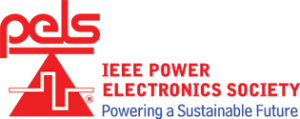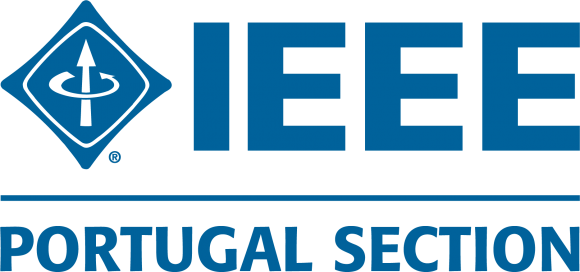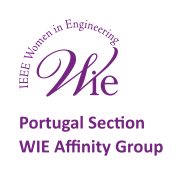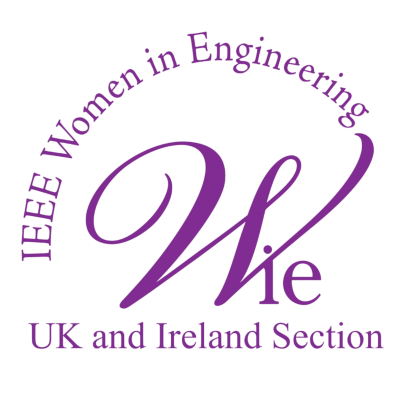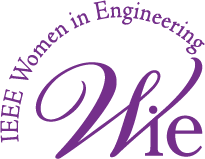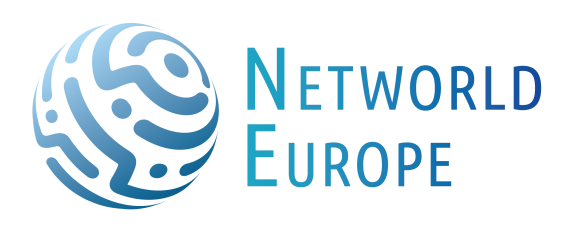GROWS: 6G-empoweRed iOt netWorkS
Track ID: Spes-05
Description
As 5G before, 6G is being heralded as the most immersive capable communications architecture to be developed in the coming years. To support this, we have started to see impressive displays of potential directions, technological advances, key performance (and value) indicators, standards evolution, and partnerships being established to foment policy making and research. Additionally, 6G can also pave new ways for a more streamlined experience, by more tightly coupling other kinds of network access such as Non-Terrestrial Networks, and by enabling radical new ways for communications in complex environments, such as maritime communications. But what does that mean for IoT? What will be the key enablers, the new scenarios and business opportunities? Will the enhancements allow the full fledged realization of an enhanced cyber-physical world, or just another incremental step towards such vision? How new worldwide concerns, such as environmental footprint, impact new technological designs? And what of IoT applications: what have key players learnt from the radical changed brought in by 5G, and which new requirements would they imprint over 6G? GROWS (6G-empoweRed iOt netWorkS) is a Special Session at 2023’s WFIoT, aiming to contribute with a concrete, holistic, multi-stake holder vision on what 6G really means for IoT, by presenting new results, discussions and prospect plans from different professionals from the full range of value chain.
Objectives and Motivation
Mobile networks have historically been manifesting an interest in building solutions for accommodating (and progressing) IoT-based scenarios. In 4G, under the umbrella of Low-Power Wide Area Networks (LPWAN), the 3GPP most notably showcased LTE-M and NB-IoT. The broadband and massive connectivity capabilities provided by such technologies were then further extended and incremented by 5G with industrial automation and critical connectivity. Here several mechanisms have been developed and rolled out, in order to provide these extensions and increments. On one hand, such mechanisms benefited from the incorporation of a number of enhancements at the 5G radio, namely millimeter wave, beamforming, and others, along with a re-shape of its core network architecture. On the other hand, 5G also evidenced an unprecedented integration and collaboration stemming from other key areas in the Information and Communication Technologies (ICT) arena. Concretely, aspects such as Software Defined Networking (SDN), Network Function Virtualization (NFV) and other cloud-based approaches such as microservices and cloud-native design, brought forward a whole new dimension for mobile networks deployment capabilities. As a result, we have witnessed to the surfacing of key solutions, namely Multi-access Edge (MEC) solutions, as well as the deployment of Non-Public Networks (NPN), as examples of key facilitators in important Industry4.0 scenarios, most notably when involving time-sensitive and density-related use cases. These flexibilization capabilities also allowed the support of satellite-based access in Non-Terrestrial Networks (NTN), addressing wide coverage capabilities while simplifying the system towards technology uptakes. Finally, Artificial Intelligence capabilities have also imprint automation and autonomous capabilities to the network, allowing zero-touch behaviors towards creation, prediction and collaboration procedures for continuously optimized network operation.
The upcoming 6th Generation of communications (6G) is expected to progress from the concrete realization of these capabilities, towards leveraging novel and more advanced capabilities, fostering as well different usage scenarios. 6G aims to introduce groundbreaking solutions at different levels of the networking architecture, such as extreme MIMO (E-MIMO) and enhanced spectrum harmonization at the radio levels, but also other layers such as a cloud-native network core with service provisioning federation integrating a multi-stakeholder ecosystem. We will also witness the proliferation of key mechanisms with transversal impact at all architectural layers, namely AI-native procedures and security. The target will be to bring into different sectors the capabilities needed for more immersive communications, supporting massively-connected deployments with very stringent performance needs. However, one key difference that 6G will have to target, will be a definitive need for such mechanisms and solutions to operate in sustainable, energy-aware ways, ensuring not only optimal performance, openness and choice to users, but also the capabilities for the lowers carbon footprint for the whole system. Therefore, 6G will allow to bring forth new challenges in terms of the realization of technical solutions that will be able to sustain new demanding scenarios, while meeting new design imperatives and introducing new enablers. It is important to assess the contribution that such capabilities will have in IoT-based scenarios, as well as to ascertain which new kinds of IoT applications can be generated. It will also be equally important to validate how industrial sectorial areas (i.e., verticals) are able to accommodate such novelties, and interact with the multiplicity of new roles stemming from an increasingly open-ended supply chain for communications. Therefore, this special session on GROWS: 6G-empoweRed iOt netWorkS will have as objectives to attract works on:
- the proposal, identification, development, assessment and deployment of 6G-enabled technical solutions for IoT;
- definition of new scenarios, products, applications, concepts, prototypes for IoT, supported by 6G-capable technological landscapes;
- present lessons learnt and improvements needed from industrial sectorial areas (i.e., verticals) from the live application of 5G to IoT scenarios;
- analysis of verticals’ considerations on 6G capabilities’ impact in their own area, namely towards security, regulation, certification, legislation, ethics, amongst other conditions
- How technologies and standards coming from the verticals’ domains might impact the evolution roadmap from 5G to 6G.
Novelty
GROWS aims to gather, in a single setting, a set of high-quality works on the different key aspects surrounding the directions, potential, early designs, early mistakes, new requirements and important lessons learnt from the latest cutting-edge 5G deployments. It will demark itself from similar initiatives by not focusing on a particular setting, or technological area. Instead, it will contribute towards a holistic look to different parts of the “6G+IoT” prospect, reaching out to a broad audience that has heterogeneous clarification needs about the potential of the integration of both concepts. Therefore, we will rely on the setup of a TPC team that will be composed of highly regarded international representatives of different industry fields within the areas of mobile networking and the Internet of Things, as well as academia. The intent will be to capture and isolate the most competent and contributive papers, selecting them in a complementary way for addressing the scope of the problem at different places of the supply chain: from inception to proliferation, all the way to prediction of future sunsetting.
To achieve this, this special session will be organized in sub-themes, according to the received and selected contribution papers (e.g., a theme looking at first trials using 6G concepts concretization in IoT-based environments, a theme looking at the requirements from IoT sectors that view in 6G the possibility of a radical integration of mobile networking, a theme on the impact to the different industry vertical sectors of using 6G versus what was achieved so far with 5G, suggestion for techniques and technologies enabling an evolution of 5G-enabled IoT deployments towards 6G, etc.). In each sub-theme, authors will present their papers and undergo a Q&A session (as per usual conference procedures). However, at the end of each theme, GROWS will gather the authors of those papers to undergo a moderated discussion on which are the most prominent takeout conclusions about the theme. Time permitting, we will also select representatives of each theme to join a final moderated discussion, of the inter-theme interactions, constraints and future prospects that are transversal to the different areas. GROWS will not provide a keynote, as this special session aims foremost to contribute with outcomes substantiated by peer-evaluated and in-situ peer discussed themes and results.
Special Session Content
The special session will focus on the presentation and Q&A of peer-reviewed papers and moderated per-topic discussions with the authors. GROWS will be looking for papers addressing the following:
-
Efforts towards 6G standardization for IoT
- Proposals for 6G enhancements for radio, RAN and core targeting IoT
- Seamless interconnection with non-terrestrial networks and mobile networks in IoT deployments, considering 5G outcomes and 6G prospects
- Proposals for new 6G-enabled architectures and their expected contribution/impact for IoT
- The contributions of supportive/complementary technologies such as virtualization, cloud, AI/ML, edge, federation and others, for IoT-based scenarios
- Characterization and assessment of new IoT scenarios and industries enabled by 6G-capable IoT
- Comparison between the outcomes achieved by 5G-enabled IoT, and the prospects expected from 6G
- Evolution techniques and solutions for evolving 5G deployments towards 6G
- Energy-efficiency and sustainability aspects for 6G-enabled IoT
- Lessons learnt from 5G-enabled IoT deployments and further requirements for 6G enhancements
- Contributions of 6G for maritime IoT-based scenarios
- Industrial vertical areas certification and regulation impact in upcoming 6G solutions
Intended Audience
GROWS aims foremost to reach to practitioners belonging to the different components of the value chain related to interactions between mobile networks (and associated integrated accesses such as satellite and maritime communications) and the Internet of Things. Therefore, GROWS goes beyond targeting communications equipment manufacturers, vendors and service operators, and includes verticals, regulators, standardization bodies, systems integrators, certification entities and policy makers.
Paper Submission Deadline
Important Dates:
- Deadline for Paper Submissions: July 30th, 2023
- Acceptance Notification: September 8th, 2023
- Deadline for Camera-Ready Paper Submissions: September 29th, 2023
- Deadline for Presentation Submissions: October 2nd, 2023
Papers should be six (6) pages in length and follow the instruction provided for the main Conference. The conference allows up to two additional pages for a maximum length of eight (8) pages with payment of extra page charges once the paper has been accepted.
Please submit your paper for this Special Session using the link to eWorks:
Call For Papers:
If you have any questions, please contact Dr. Daniel Corujo: dcorujo@av.it.pt
Chairs
Daniel Nunes Corujo: Instituto de Telecomunicacoes
Daniel Corujo is an Assistant Professor from the University of Aveiro, where he concluded his PhD in 2013. He was the coordinator of the Telecommunications and Networking research team at the Instituto de Telecomunicações, in Aveiro, Portugal, a team of over 50 people, from 2017 to 2018. He has been an active researcher and contributor to standardization in the fields of mobility management, through the IETF/IRTF, and Media Independent Handovers, through the IEEE. He has pursued such concepts under the scope of a broad range of national and international projects, where he also played key roles from proposal elaboration to task and workpackage co-leading. Parallel to his 15 years of experience on mobility management research, he has been more recently developing work on the areas of the 5G, Network Function Virtualization, Software Defined Networking and Information Centric Networking, deploying new visions and enhancements of such concepts over wireless networks, in national and international research projects. He Is Vice-chair for the IEEE ComSoc PT Chapter.
Håkon Lønsethagen: Telenor
Håkon Lønsethagen is a senior researcher at Telenor Research. His current focus is on inter-NSP differentiated and assured services quality and business models, and management of SDN, NFV in beyond 5G architectures. He is a member of the Governing Board of the 6G Industry Association.



